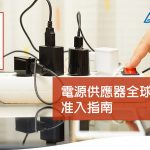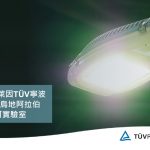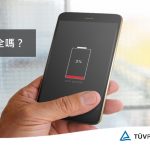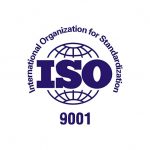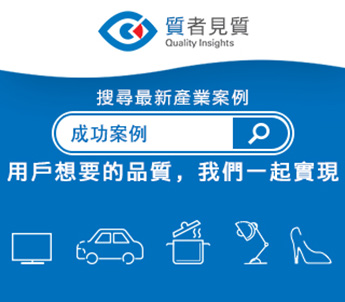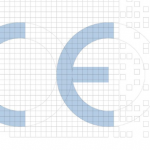Emerging Industry Standard: prIEC 63315 ED1 – Successor to IEC 62368-3 for USB PD 240W Safety Compliance Solutions for LPS/PS2 requirement

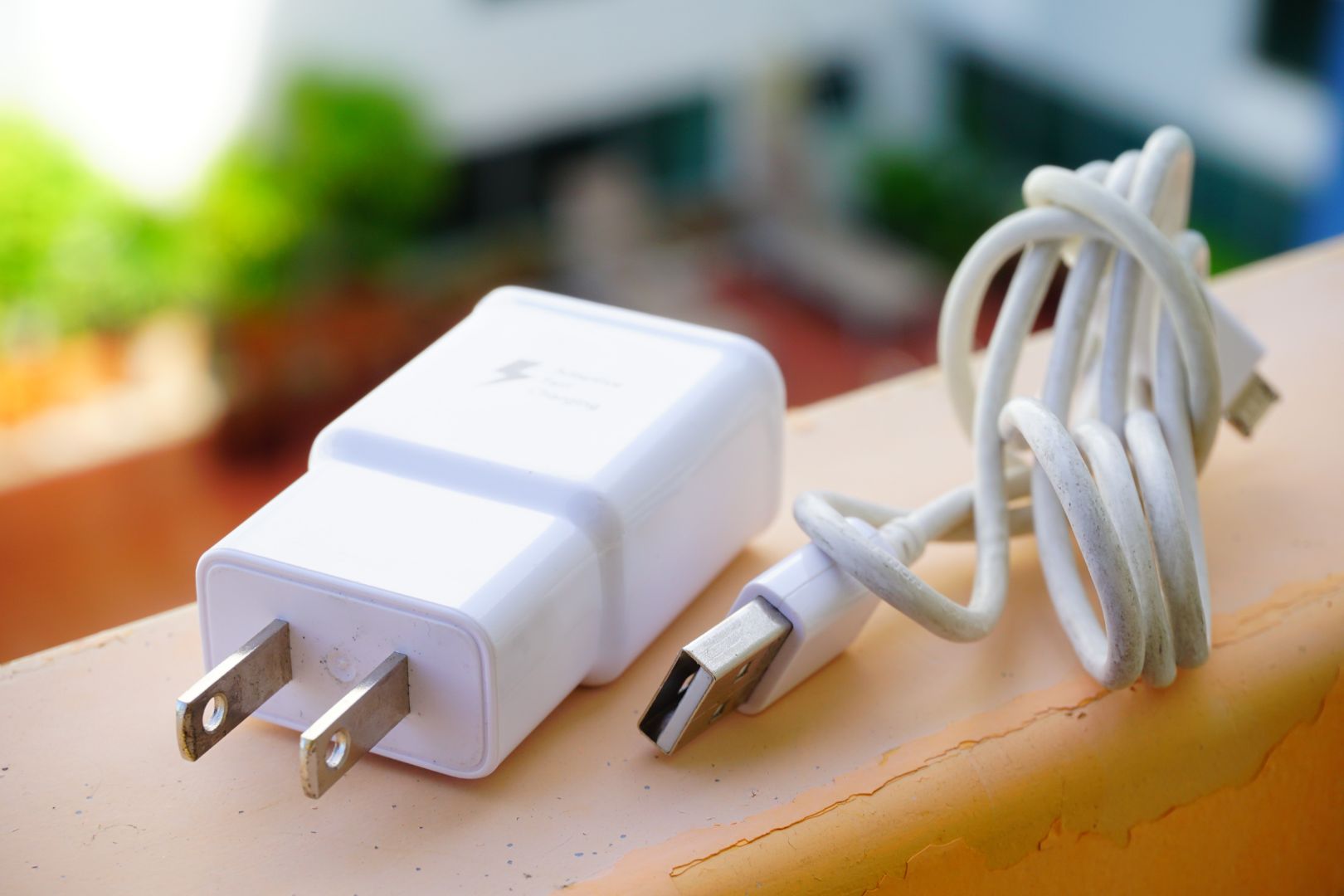
Emerging Industry Standard: prIEC 63315 ED1 – Successor to IEC 62368-3 for USB PD 240W Safety Compliance Solutions for LPS/PS2 requirement
Compared to the parent standard IEC 62368-1, which has long been widely applied in various IT/AV product safety verifications, its subsidiary standard IEC 62368-3:2017 First Edition addresses safety issues related to the transmission of DC power between upstream and downstream equipment through communication cables and ports, such as traditional telephone lines, USB, or PoE technologies. Although this standard was established as early as 2017, it has not been mandatory for verification requirements over the years. Besides controversies in the citation of the parent standard, there are also technical obstacles, especially regarding the limitations on USB output voltage and current, which are considered to hinder the application and development within the industry.
In 2022, IEC TC 108 decided to discontinue updates to IEC 62368-3, replacing it with two successor standards: prIEC 63315 and prIEC 63316. The former addresses safety requirements for emerging technologies like USB, HDMI, and PoE, while the latter focuses on safety requirements for traditional telephone line RFT circuit technology. Although IEC 62368-3 is still a relatively new standard, it has already caused confusion among market users because it combines older technical requirements (e.g., telecommunication line power supply) with newer ones (e.g., USB and PoE). Therefore, IEC TC 108 decided it would be best to split these requirements into two separate documents. Additionally, the document is currently part of IEC 62368-1, which seems to suggest that this section only applies to products within the scope of IEC 62368-1; this is incorrect because the safety hazards brought by these technical applications are also widely present in non-IT products, particularly as USB technology is increasingly applied in household appliances and other products.
Given the advancement of USB PD technology from 100W to 240W and from 20V to 48V, this technological evolution will bring some conflicts and impacts to current safety requirements. As USB PD transitions from 3.0 to the next generation USB PD 3.1, from SPR (100W) @ 20V max. to EPR (240W) @ 48V max., the previous general safety requirement that USB output must meet LPS/PS2 power requirements (<100W under normal and abnormal conditions) also changes. Since the power supply end in EPR mode inherently exceeds 100W, from USB PD 3.1 onwards, USB can no longer be regarded as a guaranteed “limited power source.” This means that the Powered Device (PD) connected downstream will need to have a fire enclosure design (unless it only operates in SPR mode), as its upstream Power Sourcing Equipment (PSE) is a dynamically changing voltage source that no longer always operates within the 100W range.
Below is the scenario analysis:
| USB Power Delivery (PD) 使用情境:
PSE and PDs including legacy PDs |
LPS in PSE | Fire enclosure in PD | Protocol Safeguard required in PSE | ||
| PSE (source) | PDs (sink) | ||||
| USB Power Delivery | PD 3.0 | PD 3.0 and below | Yes | No | No |
| PD 3.0 | PD 3.1 SPR mode | Yes | No | No | |
| PD 3.0 | PD 3.1 EPR mode | Yes | No | No | |
| PD 3.1 SPR mode | PD 3.0 and below | Yes | No | Yes 1) | |
| PD 3.1 SPR mode | PD 3.1 SPR mode | Yes | No | Yes 1) | |
| PD 3.1 SPR mode | PD 3.1 EPR mode | Yes | Yes | No | |
| PD 3.1 EPR mode | PD 3.0 and below | No | No | Yes | |
| PD 3.1 EPR mode | PD 3.1 SPR mode | No | No | Yes | |
| PD 3.1 EPR mode | PD 3.1 EPR mode | No | Yes | Yes | |
| Note:
PSE=Power Sourcing Equipment PD=Powered Device LPS=Limited Power Source 1) Considered the PSE is possible to supply the EPR mode, too. |
|||||
After evaluating and confirming the functional safety of the USB PD protocol software, it will be regarded as a secure protocol safeguard. Therefore, when both upstream and downstream products (PSE and PD) use USB PD 3.1 technology, in EPR mode, the PSE will no longer be required to meet LPS/PS2. Conversely, in SPR mode, the PSE will still be required to meet LPS/PS2. PDs operating in EPR mode will need to have fire enclosure designs, whereas PDs in SPR mode do not need fire enclosure designs, even though their power supply end may come from a PSE using USB PD 3.1 technology, which has the capability of PS3 energy. The reason is that when a PD without a fire enclosure experiences component failure causing a fire, the protocol safeguard is regarded as a Supplementary safeguard, ensuring that in case of a fire in the PD, the PSE will not provide energy exceeding 100W, thereby preventing the situation from worsening.
Additionally, according to IEC 62368-1 cl. 6.6 compliance, USB PD 3.1 PSE, due to its protocol safeguard, can identify downstream products to avoid risks, and thus can be exempt from LPS/PS2 restrictions.
In light of the aforementioned developments, in the future, when PSE operates in USB PD 3.1 EPR mode at 20V and above 100W, such as 28V @ 5A @ 140W, it will no longer require a proprietary protocol solution. Instead, it will adopt the standard USB PD 3.1 protocol. Proprietary protocol solutions previously used will gradually become obsolete, and using the standard USB PD 3.1 protocol with protocol safeguard verification will become the market mainstream.
Contact us :
| Mr. Max Wang | Mr. Dennis Wan | |
| TEL: | (02) 2172 1289 | (02) 2172 1233 |
| Email: | MaxKC.Wang@tuv.com | dennishw.wan@tuv.com |
熱門分享





